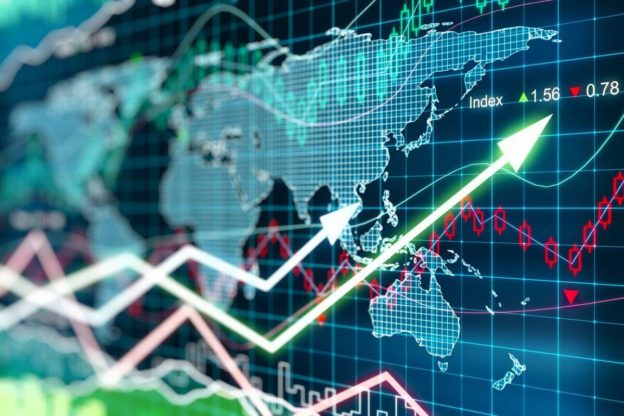- The covid-19 pandemic has exposed chronic development fault lines in the region, with vulnerable groups getting further marginalized in the post-pandemic recovery and transition period
The Asia Pacific region, including India, is staring at a “K-shaped recovery” of their economies, with the covid-19 pandemic exposing chronic development fault lines in the region, with the vulnerable groups getting further marginalized in the post-pandemic recovery and transition period.
In a report titled Economic and Social Survey of Asia and the Pacific 2021: Towards post-covid 19 resilient economies, United Nations Economic and Social Commission for Asia and the Pacific (UNESCAP) on Tuesday said uneven roll-out of vaccines, the pandemic’s disproportionate impact on the poor and vulnerable groups and developing countries’ limited fiscal response to the pandemic may prolong the threat to all posed by covid-19, both across and within countries.
In a K-shaped recovery, different sectors and economic groups of an economy recover at different speeds, with most vulnerable sections having severely impacted, taking longer to come out from the jolt of the pandemic-induced recession.
“The poor and vulnerable groups were disproportionately affected, resulting in a surge in poverty and a widening of inequality gaps. ESCAP estimates that an additional 89 million people in the region could have been pushed back into extreme poverty at the $1.90 per day threshold, erasing years of progress in poverty reduction,” the report said.
ESCAP has projected Indian economy to grow at 7% in 2021 against contraction of 7.7% in the preceding year. “Despite a robust reduction in new covid-19 cases and the start of vaccine roll-out, India’s 2021 economic output is expected to remain below the 2019 level. Meanwhile, maintaining low borrowing costs while keeping non-performing loans in check would be a challenge,” the report added.
The report said India entered the pandemic with subdued GDP growth and investment. “Following one of the most stringent lockdowns in the world, the economic disruptions that the country experienced mounted in the second quarter of 2020. A subsequent change in lockdown policies and success in reducing infection rates supported an impressive economic turnaround in the third quarter. However, the pace of recovery moderated in the fourth quarter with estimated year-on-year growth still close to zero,” it said.
The report said the K-shaped recovery in the Asia-Pacific region is likely to be driven by multiple factors. First, given the highly uneven progress in covid-19 vaccination across countries, most Asia-Pacific developing countries may remain exposed to the pandemic threat for another year or two. Second, the unequal sectoral impact of the covid-19 pandemic will significantly delay the recovery of countries dependent on global tourism as well as low-skill, contact intensive manufacturing and services. Third, policy space, especially fiscal, for supporting a robust recovery over the forecast period, is highly uneven across countries. Those countries incapable of ensuring policy continuity or response to new challenges would be highly vulnerable in the recovery process. Fourth, the digital and technology divide and economic capability gaps may lead to substantial cross-country divergence in their adaptation to the new normal, such as teleworking, digitalization and automation, in the post-pandemic economy.
Finally, the report said the disproportionate impact on livelihoods and income potentials of the most vulnerable and poorest population groups may result in widening inequality gaps and growing social resentment and instability. Poorer developing countries would be more prone to such a threat.
https://www.livemint.com/news/india/asia-pacific-region-staring-at-a-k-shaped-economic-recovery-unescap-11617097258339.html





